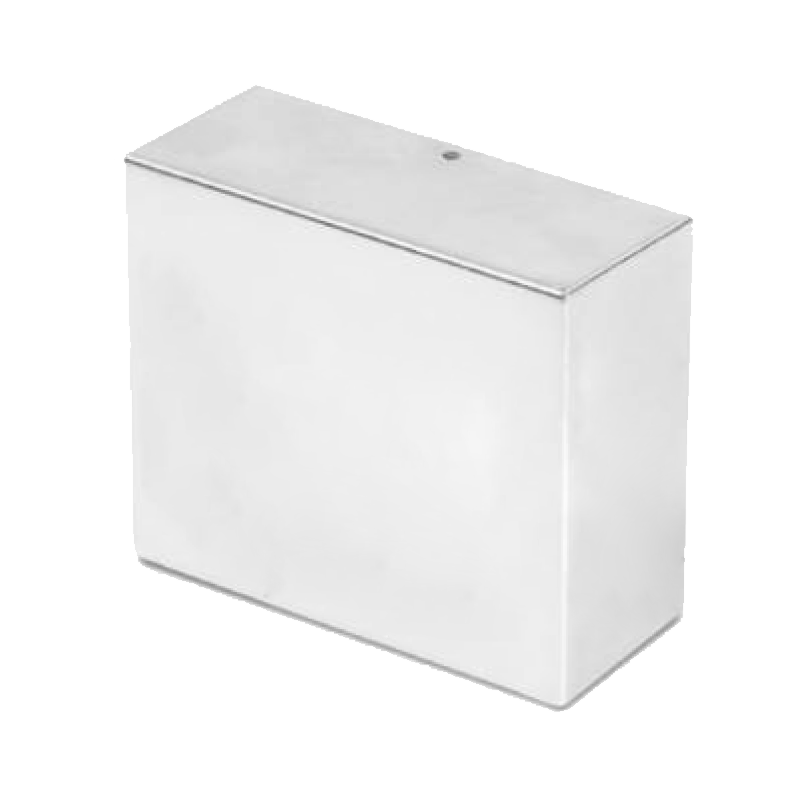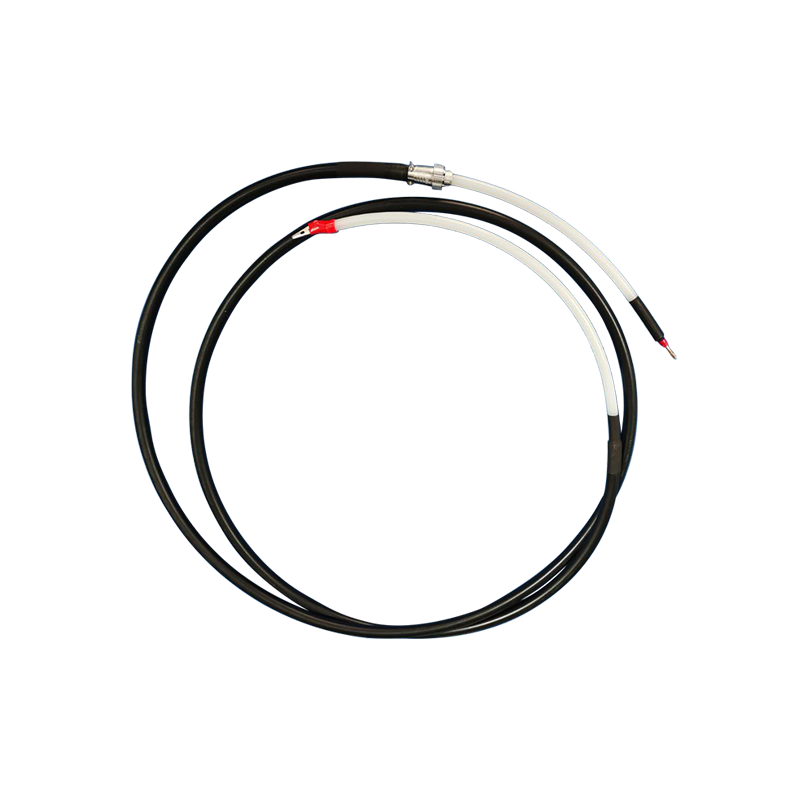Key Technical Aspects of High-Voltage Power Supplies for Electrospinning
Introduction
Electrospinning is an advanced manufacturing technique that uses a high-voltage electrostatic field to stretch polymer solutions or melts into nanoscale fibers, widely used in biomedicine, filtration materials, and energy storage. The high-voltage power supply, as the core component of an electrospinning system, directly affects fiber morphology, diameter distribution, and production efficiency. This article analyzes the key technical aspects of high-voltage power supplies for electrospinning, including voltage stability, output modes, safety protection, and future trends.
1. Voltage Stability Requirements
During electrospinning, the high-voltage power supply must provide stable DC or pulsed voltage (typically 5–50 kV) to ensure uniform electric field distribution and prevent fiber breakage or uneven diameters. Voltage fluctuations should be controlled within ±0.5%; otherwise, jet instability may occur, compromising fiber quality.
Modern high-voltage power supplies employ closed-loop feedback control, monitoring output voltage in real time and adjusting the switching frequency of power devices (e.g., IGBT or SiC MOSFET) to maintain stability. Additionally, low-ripple design (<1%) minimizes electric field disturbances, improving spinning uniformity.
2. Output Mode Selection
Electrospinning power supplies typically support DC (direct current) and pulsed (AC) modes:
DC mode is suitable for most polymer solutions, providing a continuous electric field and narrow fiber diameter distribution.
Pulsed mode (1–100 Hz) is ideal for high-viscosity melts or conductive materials, reducing charge accumulation and preventing jet splitting.
Some advanced power supplies offer programmable output, allowing users to customize voltage waveforms (e.g., square or sine waves) for different materials.
3. Safety Protection and Insulation Design
Due to the high voltages involved, electrospinning power supplies must incorporate multiple safety mechanisms:
Overvoltage/overcurrent protection: Automatically cuts off output upon detecting abnormal discharge or short circuits.
Arc suppression: High-frequency modulation or buffer circuits minimize sparking between electrodes.
Insulation material optimization: Ceramic or polyimide coatings with high temperature and corona resistance enhance long-term reliability.
Furthermore, grounded shielding design reduces electromagnetic interference (EMI), ensuring stable operation.
4. Smart Control and Energy Efficiency
Recent advancements focus on intelligent power supply features:
Adaptive adjustment: Automatically optimizes voltage and current based on environmental conditions and material properties.
Energy recovery: Recovers partial energy in pulsed mode using storage components, reducing power consumption.
Remote monitoring: IoT-enabled real-time status tracking and predictive maintenance.
5. Future Trends
Key future developments in electrospinning power supplies include:
Higher voltage precision (±0.1%) for ultrafine fiber (<100 nm) production.
Modular design for scalable multi-needle electrospinning systems.
Energy-efficient solutions to minimize power consumption and heat loss.
Conclusion
The technological progress of high-voltage power supplies is crucial for improving electrospinning efficiency and fiber quality. With advancements in materials, smart control, and energy optimization, these power supplies will play an increasingly vital role in industrial-scale nanofiber production.




















